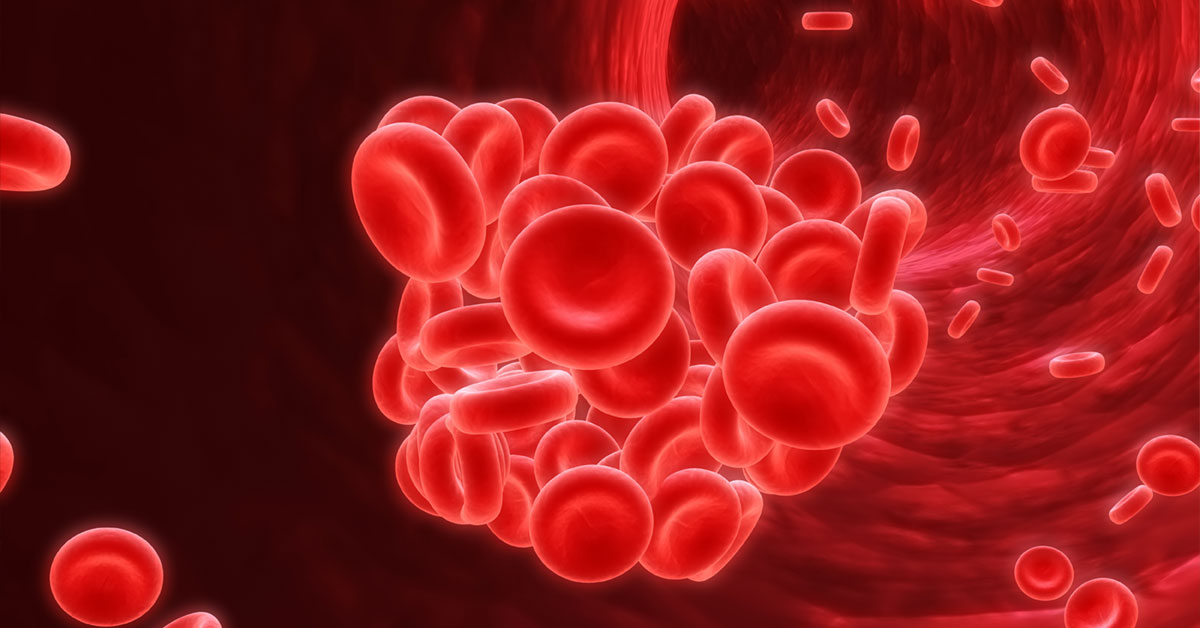Venous Thromboembolism: Causes, Symptoms, and Treatment

Venous thromboembolism (VTE) is a term referring to blood clots that start in the veins. The condition is serious, underdiagnosed, and yet is the third most common vascular disease after heart attack and stroke.
Venous thromboembolism is a category of blood clot that includes the following conditions:
- Deep vein thrombosis (DVT) – a blood clot that forms in a deep vein, typically in the leg, hip, or thigh, but occasionally in the arm.
- Pulmonary embolism (PE) – when a DVT breaks away from the wall of a vein, travels to the lungs, and blocks some or all of the blood flow.
Causes
Blood clots occur when the flow of blood slows or pools. Because of this, VTE most commonly arises due to damaged veins, inflammation, or when movement is restricted for long periods of time. Acute injuries, surgery, recent illness or disease, and restricted movement due can all contribute to blood clots. Age, excess weight, certain medical conditions, and the use of hormones also can put a person at higher risk for developing blood clots.
Most blood clots can be prevented by taking proactive measures. In the case of surgery, movement, compression, and blood thinners can all be used to reduce risk of blood clot formation. When traveling long distances in a plane, car, or train, get up to walk around or stretch every couple of hours, wear loose-fitting clothing, and move your legs and feet whenever possible to reduce the risk for of clots forming. Compression socks can also be worn when traveling long distances to help with blood flow in the lower legs.
Symptoms
VTE symptoms start with swollen legs or arms that are painful to the touch due to DVT, which can progress to a pulmonary embolism if left untreated. During a pulmonary embolism, you will have shortness of breath and pain when breathing. If you are experiencing any symptoms of VTE, seek emergency medical treatment immediately. Pulmonary embolism is a medical emergency that can result in death.
Treatment
There are several treatment options available for VTE.
- Blood thinners – Anticoagulants are used to prevent the formation of new blood clots and prevent growth of existing clots.
- Thrombolytics – This is a class of medication that dissolves clots. Because of the high risk for bleeding, they are used in emergency situations like treating a pulmonary embolism.
- Catheter procedure – In some instances, doctors will remove clots via a catheter. The catheter will be used to break the clot apart and/or to deliver medicine to dissolve the clot.
- Vena cava filter – When a patient cannot take blood thinners, doctors may choose to use a filter in a large vein. The filter prevents pulmonary embolism by stopping any clot that has broken loose from traveling to the lungs.
While both types of venous thromboembolisms are serious medical conditions, they can both be treated. They are also mostly preventable if proper precautions are taken. If you have any questions about VTE and steps to prevent blood clots, talk with your doctor for more information.
